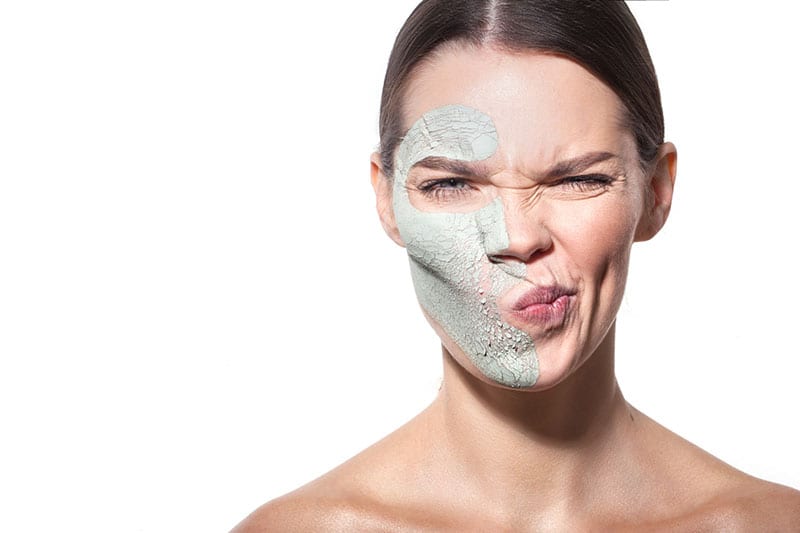No products in the cart.
Truth in skin care is hard to find.
The search for the holy grail in anti-ageing skin care sees consumers spend about $827 billion a year around the world on cosmetics and personal care products, and growing at about 7% a year. This is no different in Australia, where we spend about $6.5 billion a year. In recent years, skin care sales have been growing a healthy 7-8% a year, while the cosmeceutical and natural skin care segments have been growing even faster, 25-30%.
The average Australian woman spends more than $3600 a year on beauty products or almost $10 a day, significantly more than women in the UK and US.
Both women and men are becoming increasingly interested in higher priced skin actives and correctives, but they are not spending enough time to understand whether their latest haul of faves or cult beauty releases stacks up against the marketing claims and online hype to justify their spend.

For most people, skin care is very confusing and even contradictory. It is easy to buy into a marketing claim or scientific-sounding pseudo evidence, such “93% of users saw a visible reduction in the depth of their wrinkles in just four weeks”. Few of us have the time, interest or even technical knowledge to make sense of the science.
There is an extraordinary number of products claiming to have the latest patented breakthrough ingredient or delivery technology. It is difficult to understand the difference between research trials versus consumer trials … and so on. And to add to it all, brands will use trademarked names for readily available ingredients to further limit our ability to make sense of it all.
One could say that skin care has become fashion, however this diminishes the importance of good skin care for everyone and the damage that some products can do.
Many skin care products, even those claiming to be natural, are seeking to ride the wave of consumer interest rather than deliver the best in skin care.
A typical skin care routine will see you exposed to acrylates, benzoates, ethanol and other alcohols, formaldehyde releasers, glycols, isothiazolinones, octinoxate, oxybenzone, parabens, PEGs, phthalates, polymers, triethanolamine and many other chemical agents or organic compound derivatives every day. While these have been approved for use on the basis they are likely safe in small amounts, questions remain.
In the push to sell, sell, sell, most brands fail to do three fundamental things:
The uncovering of how chromosones are protected by telomeres was a remarkable discovery that helped us to better understand ageing. Some skin care brands have sought to find ways to use this Nobel prize-winning research to develop topical products seeking to prevent our telomeres shortening.
Other brands have developed growth factors and cytokines in the quest to keep skin looking young.
We also have seen a focus on developing medical-grade delivery systems to enable those ‘remarkable’ ingredients to reach dermis.
In years to come, we may see some impressive new products that manage to go beyond the realms of being cosmetic. As yet, though, we have not seen any product achieve what we see everyday in those promotional images used by unethical brands – a 70-year-old woman having turned back the hands of time to look just like she did at the age of 30!
Skin ageing is a complex biological process that brings about physiological and structural changes that affect the matrix and appearance of your skin. Inflammation, collagen and elastin breakdown, glycation and photo damage all affect our cells and skin layers.
If you are going to invest in your skin care, it pays to distinguish between what a skin care product claims to do and what it actually does. To find the truth in skin care, forget the front of the box and look at the ingredients label!
Remember that caring for your skin from an early age and protecting it from the sun gives you the best opportunity to prevent premature skin ageing. Read more on UV protection and how to choose the right sunscreen on our Sunscreen Ingredients page. After all, our DNA and gene expression may be responsible for only about 20% of the visible signs of skin ageing.
For more information on what ingredients can improve your skin and what ingredients can harm your skin, visit our Skin Care Ingredients page.